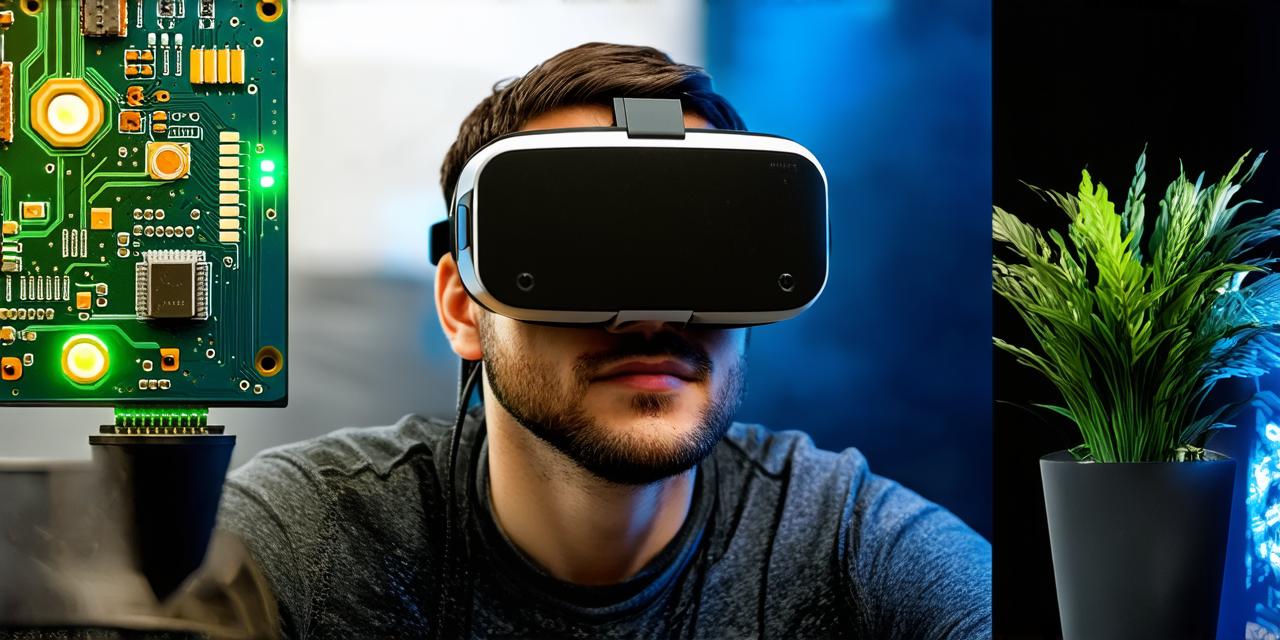Commonalities:
1. Immersive experiences: Both VR and AR offer immersive experiences that transport users into digital environments. This can be anything from a virtual world where you can explore and interact with objects, to an augmented reality app that adds digital elements to the real world around you.
2. Interactive interfaces: Both technologies offer interactive interfaces that allow users to engage with their surroundings in new and exciting ways. This can include things like hand gestures or voice commands.
3. Advanced graphics: Both VR and AR rely on advanced graphics technology to create realistic, believable environments. This includes things like 3D modeling, rendering, and animation.
4. Portability: Both VR and AR are portable and can be accessed from a variety of devices, including smartphones, tablets, and laptops.

Distinctions:
1. Virtual reality vs. augmented reality: The main distinction between VR and AR is that VR creates a fully immersive digital environment, while AR adds digital elements to the real world around you. This means that VR can be used to create completely artificial environments, while AR is typically used to enhance real-world experiences.
2. Input devices: VR typically requires specialized input devices, such as headsets or controllers, to interact with the virtual environment. On the other hand, AR apps can often be accessed using a smartphone’s camera and sensors, making them more accessible and user-friendly.
3. Content creation: Creating content for VR is much more complex than creating content for AR. This is because VR requires a fully immersive environment, which means that designers need to create 3D models and animations from scratch. AR, on the other hand, can use real-world objects as a starting point, making it easier to create and test.
4. Cost: VR is generally more expensive than AR, both in terms of hardware and software development costs. This is because creating a fully immersive environment requires much more computing power and design expertise.
Summary:
Virtual reality and augmented reality are two exciting technologies that offer unique and immersive experiences to users. While there are some similarities between the two, such as advanced graphics and portability, there are also key distinctions that you should be aware of when deciding which technology is right for your needs. By understanding these differences, you can make an informed decision about whether virtual reality or augmented reality is the best choice for your application.



